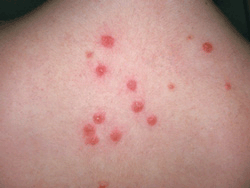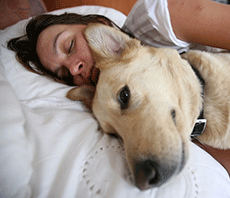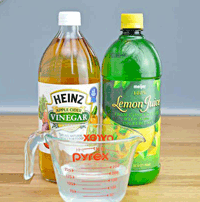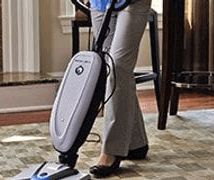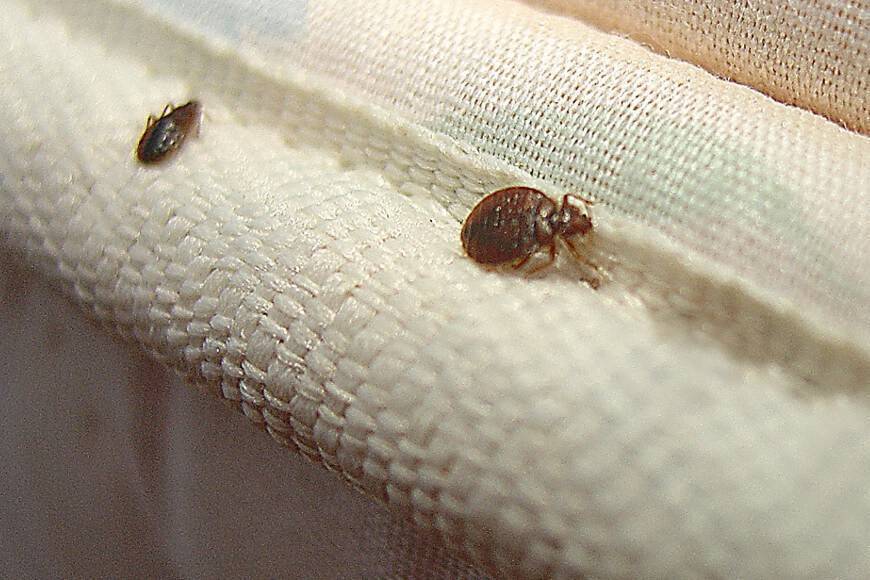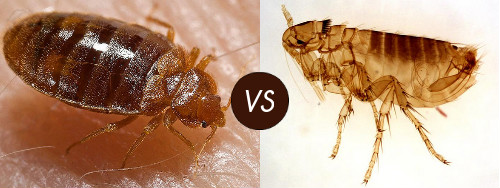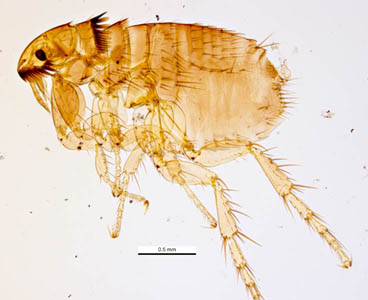If a flea is dropped in water, it can survive for up to seven days. If submerged in water, it can only survive for about 24 hours. However, if you put detergent or liquid soap in the water, its surfactant properties will reduce the surface tension of the water, causing the fleas to sink and drown faster.
Insect respiratory system is designed to adapt to oxygen deprivation. This is why they can survive for a few hours when submerged in water. Scientists discovered this very long time ago, when Claudis Aelianus reported, in 200 AD, that it was difficult to drown flies in water.
Drowning Fleas in Water:
How long does it take for fleas to drown?
Fleas can stay alive under water for up to 24 hours. If they’re removed from water within this period, they will survive and continue living their normal lives. When simply dropped in water, fleas float on the surface of the water without any possibility of drowning. In one study, researchers dropped seven squirrel fleas into water, and after 24 hours, only one died. The other six survived for up to seven days.
Why Fleas don’t easily drown in water?
Fleas have water resistant cuticles. Their cuticles are coated with oily water-repellent wax that makes their body waterproof. It is believed that this water repellent property also extends to their trachea, and prevents water from entering into their respiratory tracts. Waxed cuticles also facilitate easy movement through host hair.
Their small size and water repellent body helps fleas float on the surface of water without drowning. They’ll flail around, and can even crawl out of water if they can get to the edge of the container. Coating the edge of the water container with petroleum jelly hinders them from escaping.
Surfactants & Soapy Water
Since time immemorial, soapy water has been used as an insecticide. This practice also holds till date, as people commonly drown fleas by putting them in water and adding detergent or liquid soap to the water. Some common methods include (1) Combing off fleas from a cat and dropping them in a bowl of soap water. (2) Setting up homemade flea traps by keeping a plate of soap water under a lamp
Surfactants:
How surfactants make fleas sink
The surface tension of water allows fleas to float and survive in water. Adding some drops of liquid soap such as Dawn, provides enough surfactant effect to reduce the surface tension of water, and cause fleas to sink and drown.
Although Dawn dish detergent is effective in flea control, Jet-Dry has a more concentrated surfactant effect. It is formless, and is the ideal option for flea control when fleas tend to jump from the water and try to escape through subs and soap bubbles.
Reversing the waterproof effect of Cuticle Wax
Surfactants in liquid soaps also counteract the waterproof effect of insect cuticle wax. The surfactant destroys the wax and makes the body of the insects water-permeable. Water then spills into the spiracle and floods the insect’s respiratory system, depriving it of oxygen and causing it to drown
Soaps
According to a popular theory, soaps weaken cuticle wax and cause the breakdown of insect cell membrane. Because of this effect, soaps cause desiccation in insects, as it hinders them from retaining water.
Experts studied the effect of glycerin soaps on flea, and found that they don’t have any strong effects on fleas. Fleas survived for four days in a mixture of 50% glycerin and 50% water, before they finally died.
Bathing Pets with Liquid Soap
In the absence of flea shampoos for pets, people use dish liquids to bathe pets. This practice isn’t ideal because dish liquids are harsher than pet shampoos. Dish liquids can destroy the protective oils on the hair coat of the pet, causing them severe dryness and irritation. This harsh effect gets even worse on pets with skin infection. Although flea shampoo for pets are mild and have balanced pH, it should only be used once a month.
Drowning Fleas in Vegetable Oil
Fleas quickly drown or suffocate when they jump into vegetable oil. Some homemade flea traps use vegetable oil as means of trapping and killing fleas, because unlike water, vegetable oils are quite viscous, and have very low surface tension.
Controlling fleas using washing machines and dryers
Fleas cannot withstand extreme hot temperatures. This is the reason why flea control programs recommend hot-laundering of pet clothing, rugs and bedding, and drying them at the highest temperature.
